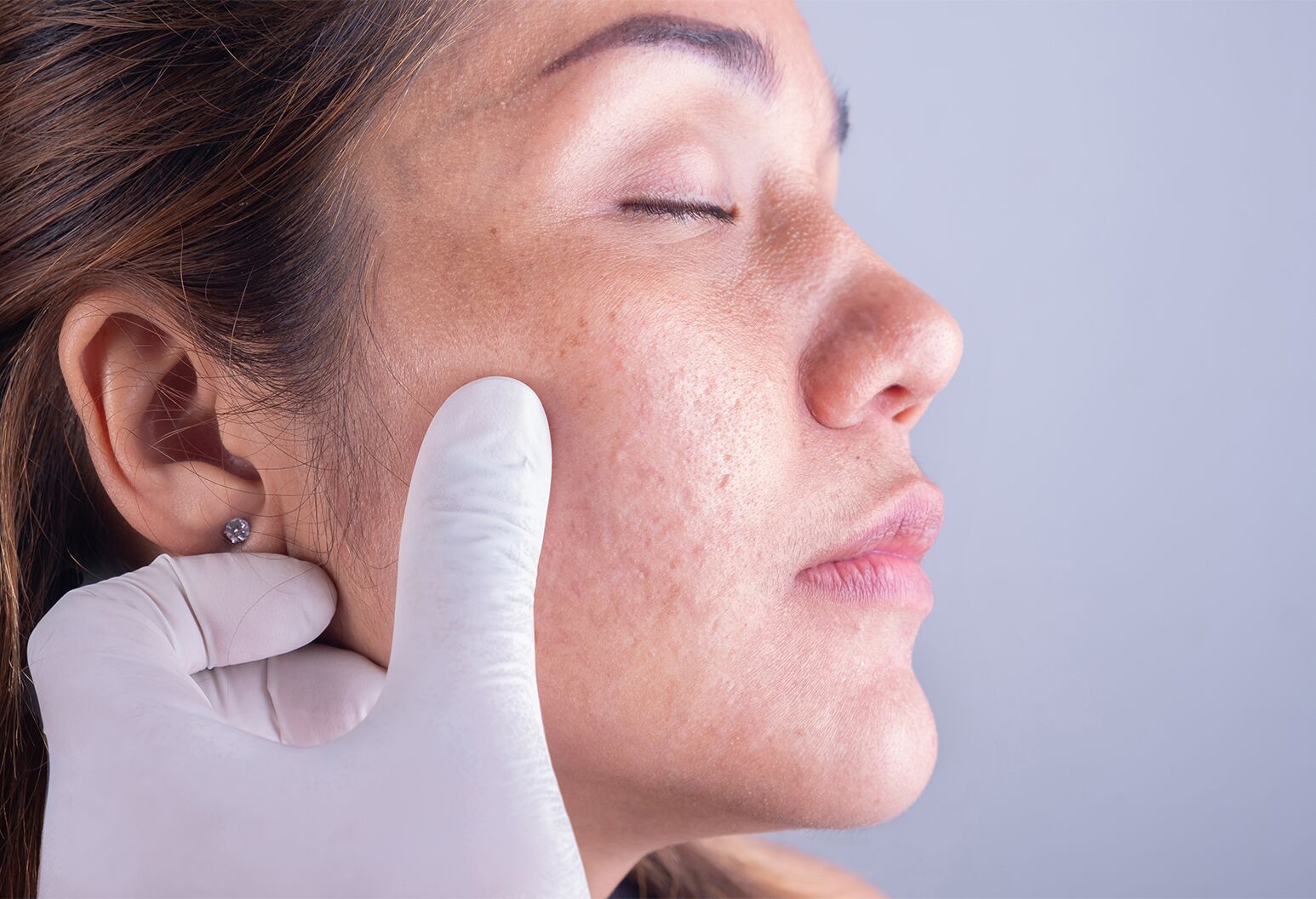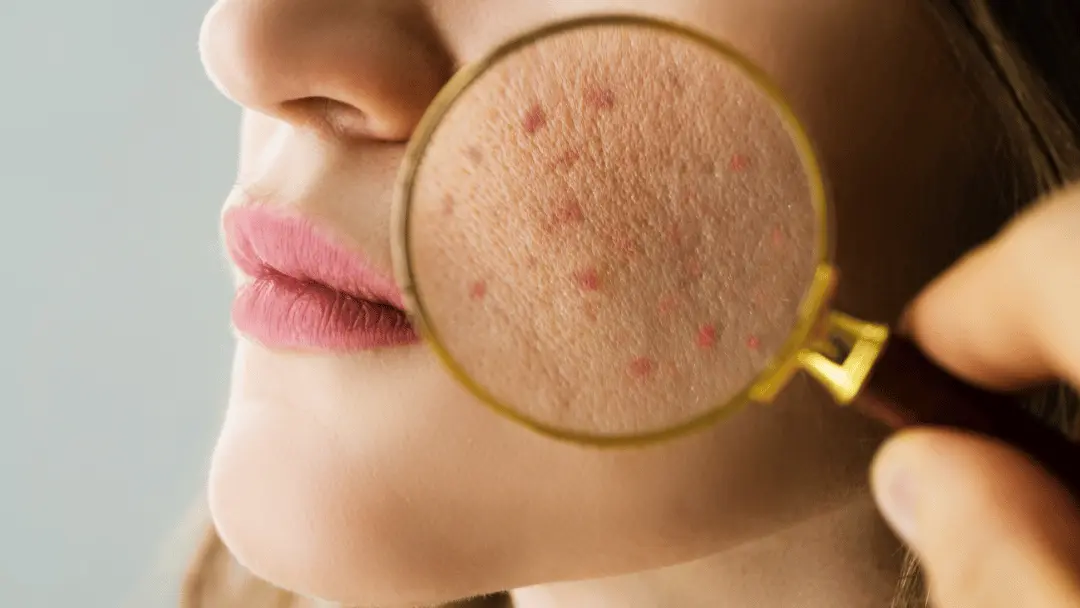Search for a reliable dermatologist to help you with treatments.
Search for a reliable dermatologist to help you with treatments.
Blog Article
Navigating Skin Cancer Cells Treatment: The Vital Duty of Mohs in Modern Dermatology Practices
Skin cancer cells, a challenging medical diagnosis, typically leaves patients coming to grips with numerous treatment alternatives. Among these, Mohs surgery stands as a beacon in modern dermatology, renowned for its careful approach to cancer cells elimination and preservation of surrounding healthy cells. This ingenious technique promises not only premium cosmetic results yet also uses prompt results, reducing client anxiety. As we check out the ins and outs of this treatment, one will appreciate its critical duty in skin cancer cells therapy.
Understanding Skin Cancer: Kinds and Threats
Skin cancer, a potentially deadly malady, is much more prevalent than many individuals realize. This disease, brought on by the uncontrolled development of irregular skin cells, mainly results from DNA damages as a result of exposure to the sunlight and ultraviolet (UV) light. There are 3 primary kinds of skin cancer cells: Basal cell carcinoma, Squamous cell carcinoma, and Melanoma. While the former two are much less lethal and make up the bulk of diagnosed cases, melanoma is the most unsafe. It makes up just about 1% of skin cancer cases however causes the substantial bulk of skin cancer cells deaths - chemical peel. Risk variables include fair skin, history of sunburn, extreme sunlight exposure, living at high elevations or shut to the equator, having lots of moles, a family members background of skin cancer cells, and weakened immune system.
What Is Mohs Surgery and Exactly How It's Reinventing Skin Cancer Cells Therapy
Despite the various treatments currently readily available for skin cancer, Mohs surgical treatment sticks out as a groundbreaking and highly efficient remedy. Named after Frederic E. Mohs, the physician that developed the treatment, Mohs surgical treatment is a precise medical technique used to treat skin cancer cells. Throughout the procedure, thin layers of cancer-containing skin are considerably removed and taken a look at till only cancer-free tissue stays. This strategy permits the cosmetic surgeon to confirm that all cancer cells have actually been eliminated at the time of surgery. go to website This level of accuracy, integrated with the capacity to spare as much healthy cells as feasible, is changing skin cancer cells therapy. Because of this, Mohs surgical procedure has come to be a foundation of modern dermatology techniques.
The Advantages of Mohs Surgical Treatment Over Traditional Skin Cancer Cells Therapies
Structure on the ingenious nature of Mohs surgery, it's important to consider its countless advantages over traditional skin cancer treatments. Unlike typical treatments, Mohs supplies a higher cure rate, often reaching 99% for first-time treatments and 94% for recurrent cancers cells. Additionally, it decreases damage to healthy and balanced skin, leading to less scarring and boosted aesthetic outcomes.
The Treatment of Mohs Surgical Procedure: What to Anticipate During the Process

Prospective Side Results and Post-Operative Treatment of Mohs Surgical Treatment
Undergoing Mohs surgical treatment, like any various other surgical treatment, includes possible adverse effects that patients need to recognize. Usual negative effects include pain, bruising, and swelling at the surgical treatment site. Nonetheless, these are usually temporary and convenient with over the counter discomfort medicine and ice packs. In unusual situations, clients might experience infection, bleeding, or a sensitive response to the anesthetic. Post-operative treatment is critical to healing and minimizing side results. This generally entails keeping try this the injury tidy and completely dry, taking proposed medications, and preventing laborious tasks. Individuals need to this page likewise go to all follow-up consultations for wound treatment and surveillance. Sometimes, added therapies might be required to make sure complete removal of the malignant cells. Sticking to these post-operative care guidelines can substantially enhance recuperation and outcomes.
Final thought

Report this page